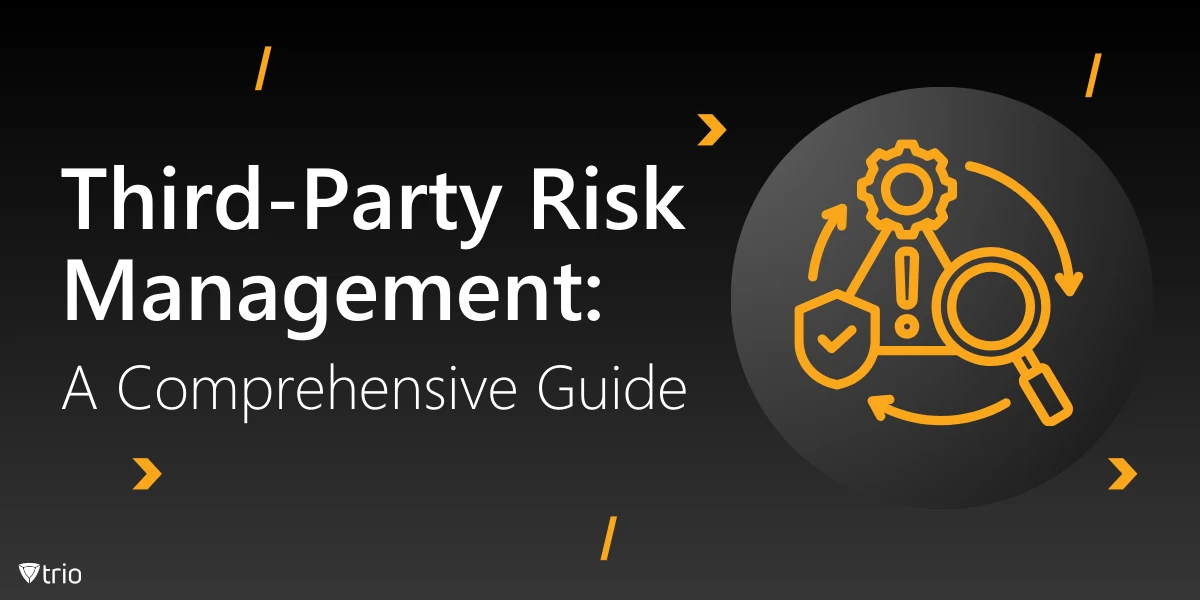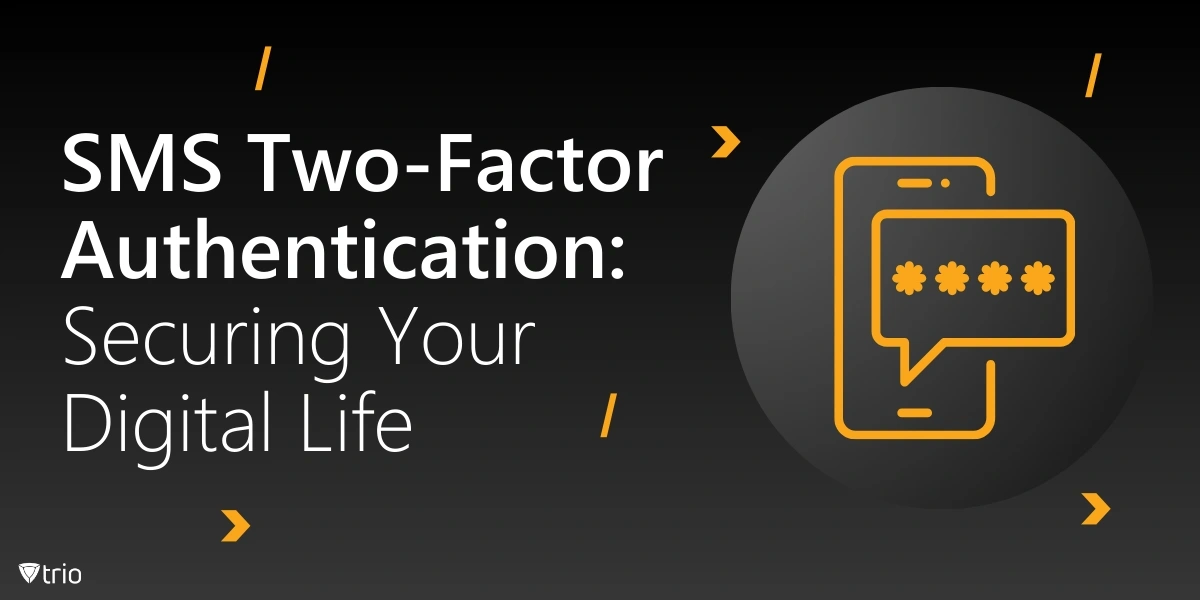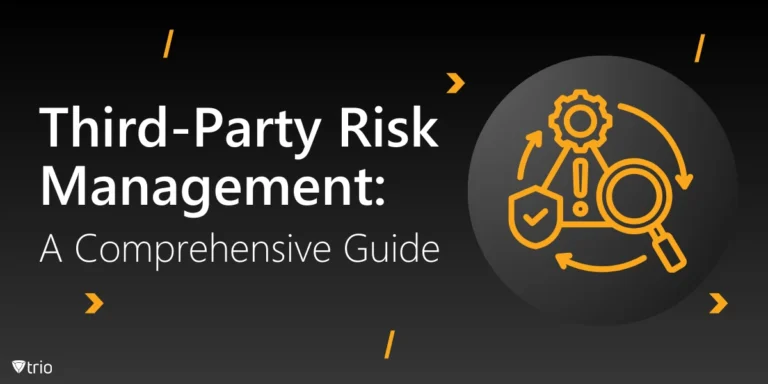Data breaches are no longer isolated incidents. They have become a persistent threat to businesses across all industries. As cyberattacks grow more targeted and sophisticated, the cost of breaches continues to rise, leaving companies grappling with financial and reputational fallout. This article examines the real cost of data breaches in 2024, offering insights into the impacts and strategies for businesses to mitigate these risks.
The Rising Cost of Data Breaches
The financial and operational impacts of data breaches have reached record levels. Businesses are facing longer recovery periods, higher direct costs, and growing challenges in maintaining customer trust. Understanding these rising costs is essential for building an effective response strategy.
Longer Recovery Times Amplify Financial Losses
The time it takes to recover from a data breach has increased significantly. In 2024, businesses reported an average recovery time of 7.3 months, far exceeding the anticipated timeline of 5.9 months. Companies that reduced their cybersecurity spending faced even longer recovery periods, with timelines extending to 10.9 months. This added time compounds financial losses, disrupts operational efficiency, and leaves organizations more vulnerable to additional attacks.
Organizations that maintained or increased cybersecurity budgets experienced shorter recovery periods. This underscores the importance of proactive security measures. Businesses that cut spending faced 70% more incidents on average, illustrating a clear link between investment in security and resilience.
The Growing Price Tag: $4.88 Million Per Breach
In 2024, the average global cost of a data breach climbed to $4.88 million, reflecting a 10% increase compared to the previous year. Several factors contributed to this surge:
- Business disruptions: Extended system downtime and halted operations.
- Reputational harm: Loss of customer trust and market standing.
- Post-breach expenses: Regulatory fines, notification costs, and legal settlements.
Regional variations further highlight these challenges. In the United States, the average cost of a data breach was $9.36 million, while the healthcare sector emerged as the most expensive industry for breaches, averaging $9.77 million per incident.
Hidden Costs of Data Breaches
The costs of data breaches go far beyond what is immediately visible. Hidden impacts, including reputational harm, legal consequences, and operational disruptions, often linger long after the initial incident.
Reputational Damage and Customer Churn
The reputational fallout from a data breach can be both profound and long-lasting. Customers expect their personal data to be secure, and when trust is broken, businesses face significant challenges:
- Loss of confidence: Studies show that 65% of customers lose trust in a company after a breach, while 27% discontinue their relationship altogether.
- Negative publicity: Media coverage of breaches can tarnish a company’s reputation, making it harder to attract new customers.
- Market share decline: The damage to reputation can lead to a permanent loss of competitive standing.
A well-known example is the 2013 Target breach, which exposed the personal information of 110 million customers. The resulting fallout included lawsuits, decreased sales, and years of rebuilding trust.
Legal and Regulatory Consequences
Legal and regulatory challenges compound the financial strain of data breaches. In 2024, organizations faced an increase in lawsuits and penalties due to stricter global regulations such as the GDPR and CCPA. Examples include:
- Fines and penalties: GDPR violations can result in fines up to 4% of global annual revenue. Some breaches have led to penalties exceeding €50 million.
- Class-action lawsuits: Breaches often lead to legal claims from affected customers, with settlements running into hundreds of millions of dollars.
Beyond fines, regulatory scrutiny often includes audits and ongoing monitoring, which add to the financial burden on breached organizations.
Operational Disruption and Productivity Loss
Data breaches disrupt operations and divert critical resources from core business activities. These disruptions can halt business processes and shift focus away from long-term objectives.
Downtime and Its Ripple Effects
Operational disruption is one of the most immediate effects of a data breach. Businesses report that 93% of incidents result in unplanned downtime, with recovery times exceeding 100 days in some cases. During these periods:
- Key systems are offline: Sales, customer support, and supply chain activities are brought to a standstill.
- Employee productivity declines: Teams are redirected to recovery efforts, causing delays in other areas.
For example, the NotPetya attack on Maersk in 2017 rendered the company’s global network inoperable. The costs extended well beyond IT repairs, affecting the company’s ability to maintain operations and meet customer expectations.
The Opportunity Cost of Incident Response
Incident response often requires an all-hands approach, pulling critical staff away from projects that drive business growth. This results in:
- Product delays: Launches and improvements are pushed back.
- Missed business opportunities: Teams are unable to pursue strategic goals.
- Weakened customer relationships: Efforts to rebuild trust can stretch resources thin.
According to Gartner, downtime can cost as much as $5,600 per minute. For large organizations, just one hour of disruption can translate into losses exceeding $300,000.
Financial Impact Beyond Immediate Costs
The financial impact of data breaches often persists long after the initial incident. Businesses must address hidden costs, such as customer churn and increased cybersecurity investments, to rebuild their operations and trust.
Identity-Related Breaches: An Expensive Subset
In 2024, identity-related breaches accounted for 40% of all incidents, and their costs were notably higher than typical breaches. Key findings include:
- Severe impacts reported by 66% of affected organizations.
- Costs exceeding the average breach in 44% of cases, particularly in agriculture and aerospace sectors.
These breaches often require costly mitigation efforts, such as identity monitoring and fraud prevention services for impacted individuals.
Cyber Insurance: A Double-Edged Sword
The rise in cyber insurance claims reflects the growing reliance on these policies to mitigate financial risks. However, the increase in claims has driven up premiums, and coverage often falls short of addressing long-term impacts like reputational damage. In 2023 alone, over 1,300 data privacy lawsuits were filed, doubling the number from the previous year.
Industries Most at Risk
Certain industries are more vulnerable to data breaches due to the nature and sensitivity of the data they handle. These sectors must prioritize strong cybersecurity measures to minimize risks and impacts.
Healthcare, Finance, and Energy Face Heightened Threats
Industries handling sensitive data face unique challenges in protecting their assets:
- Healthcare: Patient records are highly valuable, and breaches often lead to significant regulatory fines.
- Finance: Exposed financial data increases the risk of fraud and identity theft.
- Energy: A staggering 90% of major energy companies experienced third-party breaches in 2024, with disruptions to critical infrastructure.
The stakes in these industries are especially high, as the operational and reputational impacts of breaches can ripple across entire economies.
Proactive Measures to Mitigate Data Breach Risks
Organizations can take actionable steps to prevent data breaches or minimize their impact. Proactive investments in cybersecurity measures and well-structured incident response plans can save businesses from facing devastating consequences. Prevention costs are often far lower than the expenses incurred after an incident.
Strengthening Security Through Technology and Practices
Modern cybersecurity tools, combined with best practices, create a formidable defense against attacks. The following measures are key to reducing vulnerabilities:
- Security automation and AI: Companies using these technologies reported detecting and containing breaches 98 days faster than those without. This efficiency can reduce costs by as much as $1.88 million per breach.
- Regular audits and testing: Vulnerability scans and penetration tests help identify weaknesses before attackers do.
- Zero-trust architecture: Limiting access to only those who require it ensures that breaches cannot easily spread across systems.
Organizations that adopt these practices are better positioned to stay ahead of potential threats and recover more quickly when breaches occur.
Employee Training and Awareness
Human error remains one of the most common causes of data breaches. Phishing attacks, for example, accounted for nearly 30% of all breaches globally in 2024. To address this, businesses should:
- Conduct regular security training to teach employees how to identify and report suspicious activity.
- Enforce strong password policies and require two-factor authentication for all accounts.
- Simulate phishing attacks to assess readiness and provide real-world learning opportunities.
Creating a culture of security within an organization is just as important as implementing advanced technologies.
The Role of Incident Response in Limiting Damage
No organization is completely immune to data breaches, but having a well-prepared incident response plan can significantly reduce the fallout. The faster a company can detect and contain an attack, the lower the overall cost.
Developing an Effective Incident Response Plan
An incident response plan outlines the steps to take during and after a breach. This ensures that teams can act quickly and decisively, minimizing confusion and delays. A good plan includes:
- Clear roles and responsibilities: Designating specific individuals or teams to handle different aspects of the response, such as communication, forensics, and system restoration.
- Defined communication protocols: Knowing how and when to inform stakeholders, customers, and regulators helps manage reputational damage and comply with legal requirements.
- Regular drills and updates: Testing the plan through simulated breaches ensures that employees know their roles and that the plan evolves with emerging threats.
Third-Party Assistance
Many businesses lack the internal expertise to handle complex breaches. Building relationships with trusted third-party experts—such as forensic investigators, legal advisors, and public relations specialists—before an incident occurs can streamline the response process. Having these resources ready can save valuable time and reduce stress during an already challenging period.
Financial Strategies for Managing Breach Costs
Data breaches often result in expenses that extend far beyond the initial recovery phase. Financial planning is essential for mitigating these costs and ensuring long-term stability.
Cyber Insurance as a Safety Net
While cyber insurance cannot prevent breaches, it can provide financial relief for many post-breach expenses, including:
- Legal fees and regulatory fines.
- Customer notification and credit monitoring services.
- Restoration of systems and lost data.
However, businesses should carefully review policy terms, as some may exclude key expenses such as reputational damage or losses due to third-party breaches. Regularly updating coverage to reflect evolving risks is crucial.
Budgeting for Prevention
Allocating funds for cybersecurity can feel like a strain on resources, but the cost of prevention is far lower than the price of recovery. Investments should prioritize:
- Upgrading outdated systems and software.
- Training programs for employees.
- Advanced tools such as intrusion detection systems and encryption.
Proactively addressing vulnerabilities can save millions in potential breach-related expenses.
Future Trends in Data Breach Costs
As cyberattacks evolve, so too do their impacts on businesses. Organizations must prepare for emerging challenges that could increase costs and complexity in the coming years.
Increasing Sophistication of Attacks
Cybercriminals are using more advanced techniques, such as AI-driven attacks and deepfake phishing schemes, to bypass traditional defenses. This makes it imperative for businesses to continuously improve their security measures and stay informed about new threats.
Regulatory Pressure and Global Standards
Governments worldwide are introducing stricter data protection regulations. While these laws aim to enhance security, non-compliance can result in heavy penalties. Companies operating across borders may face additional challenges in meeting varying requirements.
The Growing Cost of Rebuilding Trust
As consumers become more aware of their data privacy rights, businesses may find it increasingly difficult to recover from reputational damage. The effort and expense required to rebuild trust could soon rival, or even exceed, the direct costs of breaches.
Conclusion
Data breaches are more than just financial setbacks. They disrupt operations, damage reputations, and challenge an organization’s ability to maintain customer trust. The true cost of a breach often extends far beyond the balance sheet, impacting a company’s long-term viability.
By investing in prevention, creating robust incident response plans, and staying ahead of emerging threats, businesses can minimize their risks and protect what matters most. The cost of preparation is a small price to pay compared to the potential devastation of a breach. With the right strategies in place, organizations can face these challenges with resilience and confidence.








